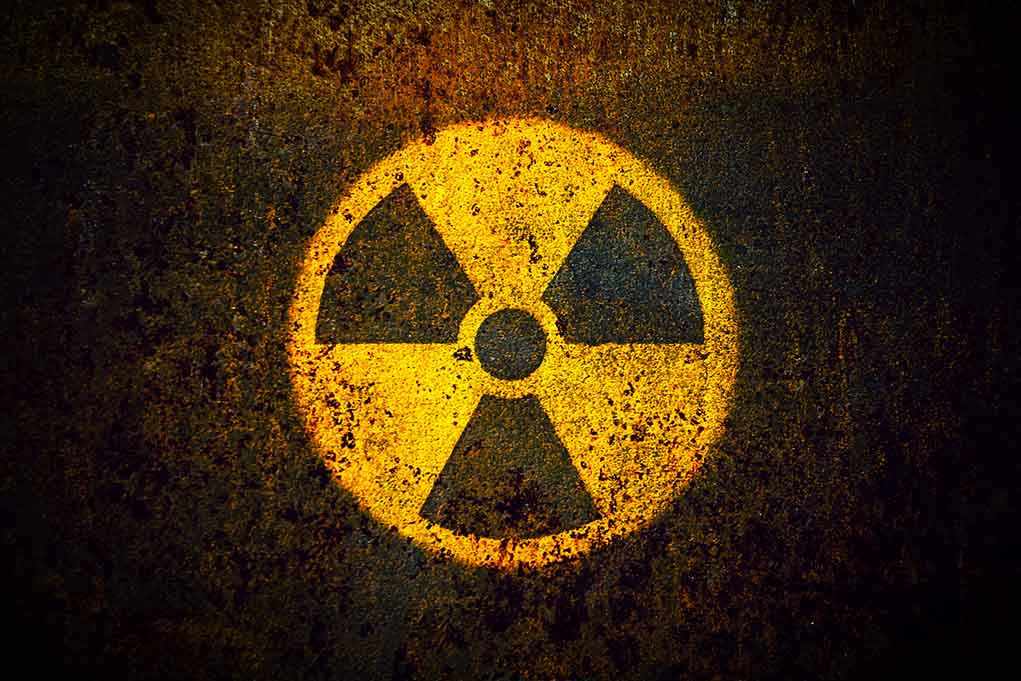
A sudden jellyfish swarm knocked France’s largest nuclear plant offline—raising fresh questions about energy resilience as ecological disruptions collide with critical infrastructure.
Story Snapshot
- Jellyfish clogged intake filter drums at France’s Gravelines nuclear plant, triggering automatic reactor trips without any safety risk, according to EDF.
- Four reactors shut late Sunday while the other two were in maintenance, pausing all generation until filters were cleaned and diagnostics completed.
- Reports link rising jellyfish incidents to warming seas and invasive species dynamics near North Sea-connected canals.
- The event underscores a known operational vulnerability for coastal power stations and the need for better intake protection and early warning.
What Happened at Gravelines and Why It Matters
EDF reported that a massive, unforeseeable jellyfish influx entered the plant’s non-nuclear pumping station at Gravelines on France’s northern coast, clogging filter drums that screen seawater used for cooling support systems. The blockage triggered automatic trips on reactors 2, 3, and 4 late Sunday, with reactor 6 taken offline hours later; the remaining two units were already down for scheduled maintenance. EDF emphasized no safety risk to staff, the public, or the environment while teams cleaned filters and ran diagnostics.
With all six units halted due to the combination of automatic trips and maintenance outages, Gravelines temporarily paused power generation pending safe restart. The shutdowns occurred in the non-nuclear balance-of-plant area, separate from reactor cores and safety systems. This aligns with standard protections that preserve cooling-water flow integrity when intake screens are overwhelmed. Cleaning intake systems and verifying equipment status are the prerequisites before synchronization back to the grid can proceed.
Operational Vulnerability at Coastal Plants
The Gravelines incident spotlights a recurring operational hazard for coastal thermal power stations worldwide: sudden biomass surges overwhelming once-through cooling intakes. Filter drums and screens are designed to catch debris and marine life, but extreme jellyfish swarms can exceed design capacity, prompting protective shutdowns. Past episodes in Europe, Asia, and the United States show this is an infrastructure problem, not a reactor safety failure. Utilities typically respond by clearing screens, inspecting pumps, and restoring normal circulation before restart.
Energy planners track these intake-clogging risks because a single site’s temporary loss can force grids to dispatch replacement power or imports, depending on conditions. At Gravelines, timing amplified the impact because two reactors were already in maintenance when four tripped, halting site-wide output. While national systems usually buffer short outages, repeated disruptions raise reliability and cost questions. The immediate focus remains restoration; longer-term, operators evaluate intake upgrades, debris deflection, and predictive monitoring to reduce recurrence.
Ecological Drivers and Mitigation Options
Regional reporting linked the surge risk to warming seas and invasive jellyfish dynamics in North Sea-connected canals near Gravelines, though EDF did not confirm the species involved. Marine research has associated higher jellyfish frequency with warmer waters, eutrophication, and calm, plankton-rich zones where colonies thrive. These factors lengthen reproduction windows and increase bloom intensity, elevating the likelihood of intake incidents during seasonal peaks, especially at plants drawing cooling water via coastal canals or ports.
Mitigation discussions increasingly center on practical defenses that do not compromise generation or marine environments. Options include increasing screening capacity, installing barrier nets or deflection systems at canal mouths, and deploying early warning tools that combine satellite cues, local sensing, and ecological models to anticipate swarms. Operators then adjust intake operations, coordinate maintenance windows, or pre-stage cleaning crews. Post-event reviews often drive incremental upgrades tailored to local hydrology, species behavior, and grid criticality.
Information gaps remain around precise species identification, specific grid impacts, and restart timelines, which EDF typically clarifies after inspections and system checks. The consistent cross-outlet reporting emphasizes no radiological danger and a non-nuclear cause within auxiliary systems. For energy security watchers, the take-away is straightforward: coastal plants can be safe yet still vulnerable to ecological surges. Reliability planning that pairs strong nuclear safety with smarter intake engineering will better protect consumers and industry from avoidable interruptions.
Sources:
Jellyfish force shutdown of France’s Gravelines nuclear plant after clogging cooling system
Jellyfish infestation forces nuclear plant to shut down
Jellyfish shut down nuclear power plant in France
Jellyfish swarm forces France’s largest nuclear plant to shut down















